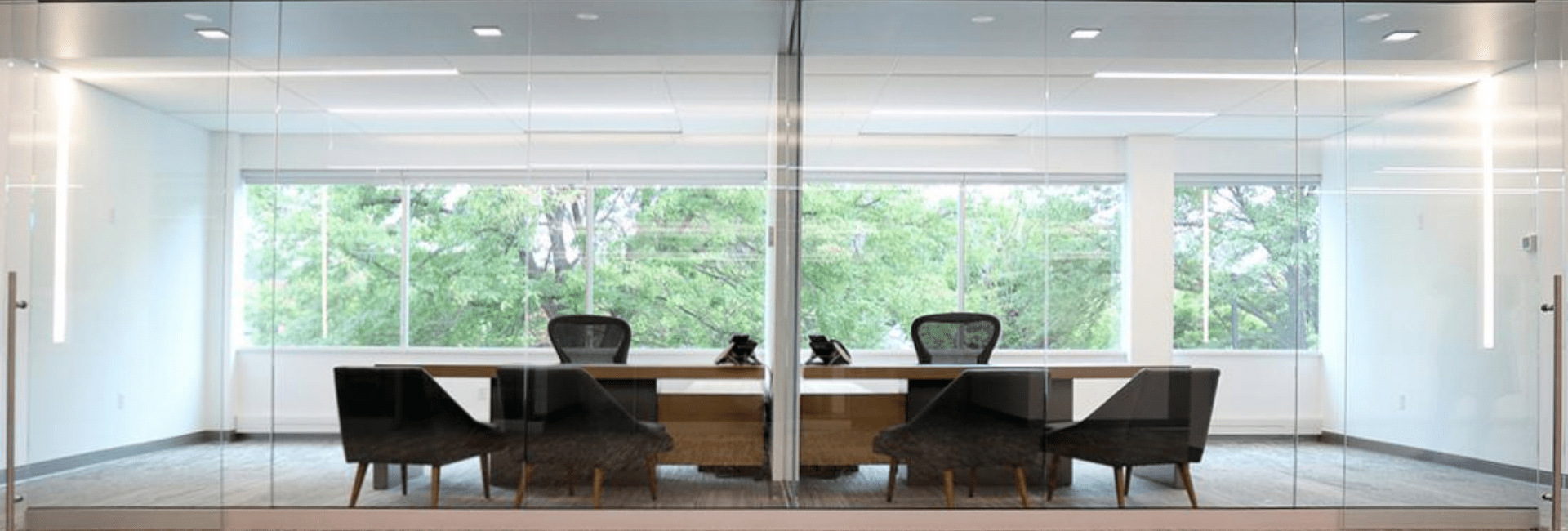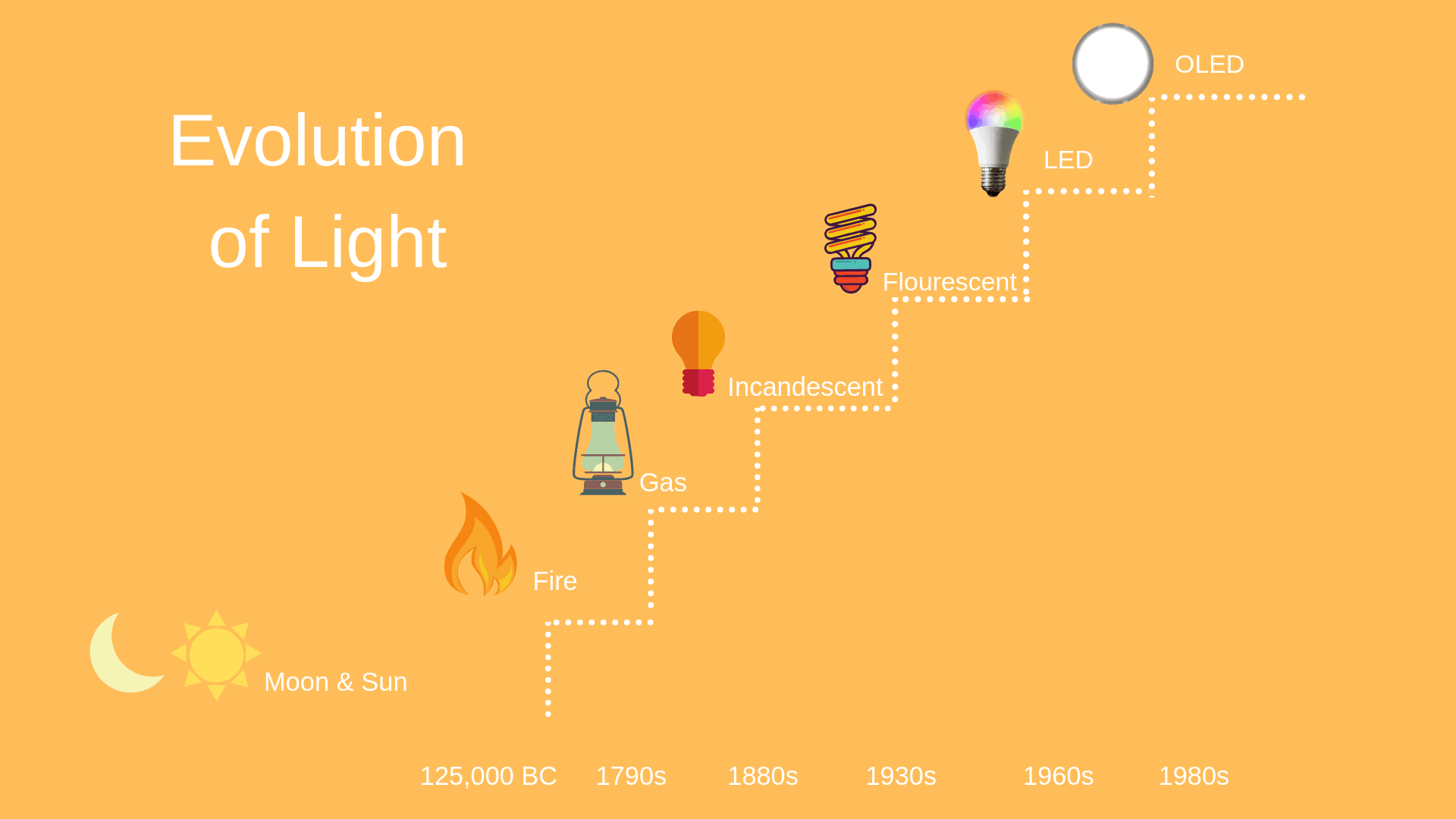
By Guido Olbertz, Director OLED UX Europe, OLEDWorks
Since the beginning of our time on earth, human activity has been governed by the sun’s orbit. For millions of years we’ve relied on the sun, moon, and fire as light sources, until the invention of artificial light. Artificial light was invented only 215 years ago, which is a short time when compared to our existence.
The impact of light on humans is indisputable, especially regarding our circadian rhythms —and therefore on our daily routines. Circadian rhythms control the timing of many physiological processes. They determine sleeping and feeding patterns, brain activity, hormone production and cell regeneration.
Sunlight has a positive impact on how we feel emotionally, our productivity, and creativity. Therefore, living under a light source close to sunlight becomes increasingly important in a time where we spend most of the day inside.
How can we achieve this? By lighting up a fire in the office? Not really. So, how can we get more natural, healthy light in our daily lives?
OLED lighting has a unique light quality — it can be in close proximity to people in ways that LEDs and other light sources cannot.
Let’s dive into the OLED characteristics that make this possible:
Naturally Diffuse, Free of Harsh Glares and Shadows
Have you ever walked into a room and felt like you were squinting because the lights felt harsh on your eyes? With cosine light distribution, OLED lighting creates a non-glary experience. OLEDs light a space without dark shadows or speckled reflectance, creating a more inviting space, without eye fatigue.
No Flicker
If you’ve ever worked in an office environment for a long period of time, you’ve probably experienced the unpleasant florescent lights flickering above you. Some flicker frequencies you can’t even see, but your receptors sense them. It can lead to a lot of problems like migraines, headaches and eye strain. It can also cause people to feel uncomfortable and to be distracted. But with the proper driver, flicker is never an issue for the OLED.
Good Blue
The human circadian system is most sensitive to blue light which is beneficial during day. It boosts alertness, attention and our mood. But studies support that it disrupts our circadian clock at night because it suppresses the production of melatonin, a hormone that influences circadian rhythms. This can make it difficult to fall asleep even when we feel tired.
Blue light hazard is a hot item these days, as intense blue has been linked to eye damage and macular degeneration. But rest assured, our OLED panels have been tested and pose no risk to skin and eyes.
High quality OLED technology enables designers to create luminaires and even larger installations that provide all of these benefits to the end-user – human beings! When strategically incorporated to rooms and architectural projects, OLED light placement can simulate daylight to give the effect of living under natural light at any point in the day, in any setup.




